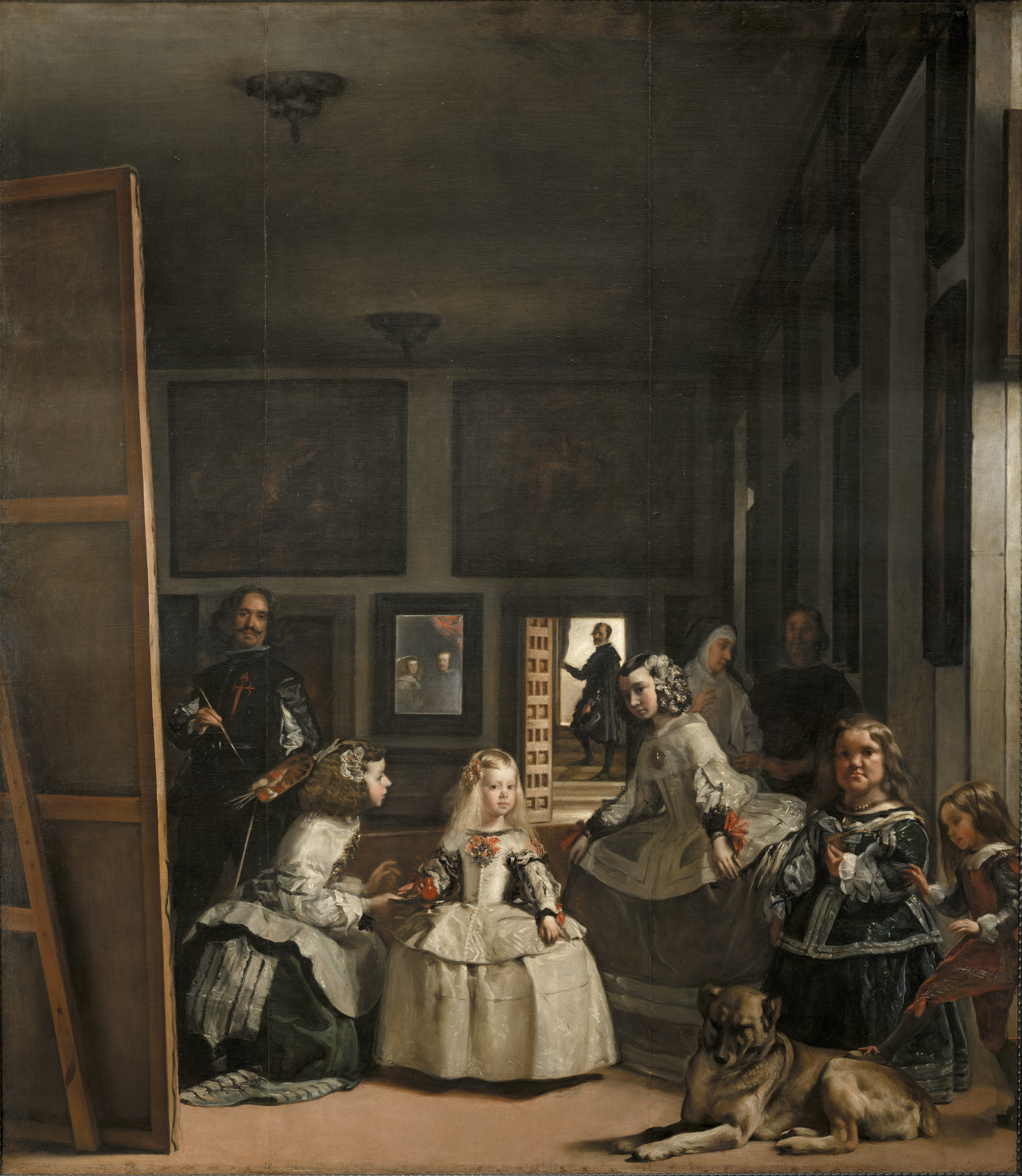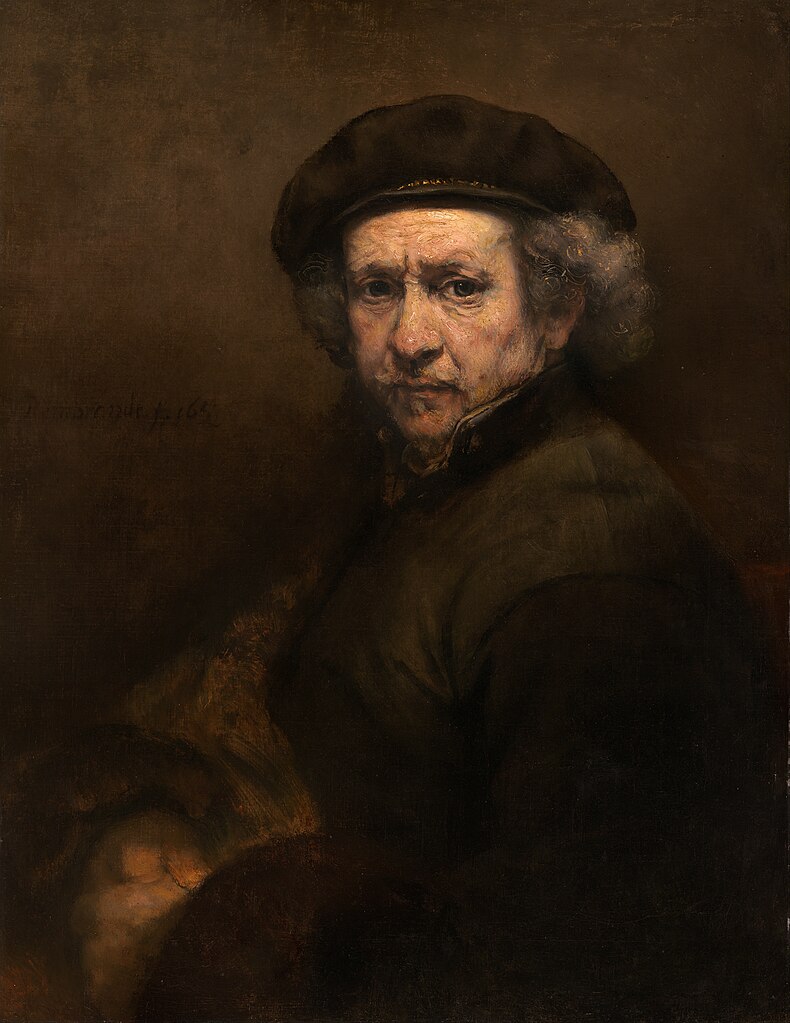Tuesday, June 21, 2016
Disability Art: Diego Velazquez
The second artist chosen that fits
into the disability art category is Diego Velazquez. He is a Spanish painter
from Spain. He like many of the following artist did portraiture. He has been
known as one of the most important painters of the Spanish Golden Age and an
individualistic artist of the contemporary Baroque period.
He was born to a noble Portuguese descendant
in 1599. When Velazquez became old enough, he started studying painting with
Francisco Pacheco. No one knew that eventually he would marry Pacheco’s
daughter. Not long after that, he painted a portrait of Philip IV which got him
in the door to the royal household. His first job was to be the marshal of the
royal household in which he was responsible for the royal quarters and in
charge of planning ceremonies. However, it was not long before he became the
leading artist in the court of King Philp IV.
 During this part of his life,
Velazquez painted several paintings that depicted people with some kind of
disability. One of the most popular paintings for him was the Las Meninas,
which this painting showed significant characteristics of someone with Down syndrome.
He decided to keep that person the way they were instead of changing them to
fit the norm of that time. He also did several other portraits that just focus
on the person with a disability. All of this was done while working in the
royal facilities.
During this part of his life,
Velazquez painted several paintings that depicted people with some kind of
disability. One of the most popular paintings for him was the Las Meninas,
which this painting showed significant characteristics of someone with Down syndrome.
He decided to keep that person the way they were instead of changing them to
fit the norm of that time. He also did several other portraits that just focus
on the person with a disability. All of this was done while working in the
royal facilities. Disability Art: Pieter Bruegel the Elder
Now our first artist that represents disability art is
Pieter Bruegel the Elder. He is referred to as many different nicknames such as
the “Peasant Bruegel” but the most common is the Elder. The Elder established
his mark in history through paintings and printmaking, and came to be known as
one of the Netherlandish Renaissance painters.
He became
known for his landscapes and his peasant scenes which are called genre
painting. This is when your artwork has a certain theme throughout it all. He
usually would incorporate a landscape into his peasant scenes, which helped
bring both of his genres together. Part
of the reason he earned his nickname “Peasant Bruegel” was that he had the
practice of dressing up like a peasant in order to socialize at certain
functions in the community such as weddings and celebrations. This practiced
helped him gain inspiration and details for these paintings.
Disability in the Arts: Michael Monaco
Disability in the Arts: Keith Salmon
When he
goes off to Shrewsbury College of Arts and Technology and the Falmouth School
of Art, he is able to eventually obtain a bachelors of art. After training, he
began his artist journey as a sculptor, but that did not work out for very long
because his eye sight started to quickly deteriorate in his thirties, which
made him visually impaired. Therefore, he had to come up with a new direction
for his artwork to go in quickly. At this point, he still had some eyesight
left, but not much.
He put all
his effort into finding new methods of creating artwork that did not require him
to use much of his eyesight. He found that drawing and painting would be the
best mediums to go into, so he dove right in to it. Overtime, he developed two
different types of styles. One of his styles was organized scribbles that form
a drawing and the other was bigger marks in oil of acrylic in paintings. He has
now started to combine these two styles into one.
Disability in the Arts: Peter Longstaff
In this article, Benjamin Franklin
is talking about Rev. George Whitefield. Benjamin Franklin did not like
Whitefield at first, but they ended up forming an interesting friendship. Both
of these men were powerful influences during their lifetime.
Franklin
describes Whitefield as all the clergy taking an instantaneous dislike to him,
so it was hard to be able to preach which Whitefield was an evangelist of the
Great Awakening. Even though this group did not care for him, many others
admired and respected him. He would have hundreds of people come and hear him
preach. He was a very likeable man among the crowd.
Franklin
soon attended one of his Sermons, and had a mindset that Whitefield would receive
no money from him. He ended up emptying
all of his pockets into the collection. The reason being was that as Whitefield
approached him expecting an offering, Franklin softened. He concluded that he
felt ashamed because of his later friend’s oratory. Therefore, he gave it all.
Disability in the Arts: Stephen Wiltshire
The second artist that I have chosen to represent the
disability in the arts community is Stephen Wiltshire. Wiltshire was born and
raised in London by his West Indian parents. As a child he did not relate well
to other children, so he drew instead. His favorite pastime was drawing. When
he was around three years of age his family discovered that he had Autistic
Savant.
Something that occurs in children
with Autism is that they cannot talk, but they tend to discover a hidden
talent. Wiltshire was not able to speak
until around age eight. He was only able to talk because his teachers
encouraged him to use his words by using certain methods. One of these methods
was taking his art supplies away, so he would have to ask for them back. This
worked and he eventually was able to speak normally, which has helped him in
his art career.
His theme is usually detailed
landscapes. He draws lifelike and pretty accurate representations of cities,
which sometimes he has only had a very limited amount of time to view the city
before creating his masterpieces. The drawings are usually pretty large in
scale and done in pen. The largest one measured ten meters long, which only
took him eight day to complete using a pen. In his private sketchbook, he likes
to draw portraits of people. He is a pretty amazing artist.
Stephen Wiltshire continues to make
an impact on the art world. He has successfully shown us what it looks like to
have a disability and also to be a great artist. I particularly like his motto
which is “Do the best you can and never stop”. He certainly follows this as he
continues to produce magnificent pieces of art for others to enjoy.
Disability in the Arts: Chuck Close
To begin,
Close was born on the fifth of July in 1940 in Monroe, Washington, so he is an
American citizen. He is still living which would put him in his seventies now,
and continues to create portraits. When he was young, Close suffered from a
learning disability in reading and struggled in his academics. He made up for
that by having an exceptional talent for drawing and painting. Before his
fifties, he was using a process called fingerpoint to create some of his
portraits, but that would only be his style for a short while.
In Close’s
fifties, he suffered a severe spinal artery collapse, which damaged parts of
his body. He can only partial use some of his arms and legs, and has to rely on
a wheelchair now. When this happened, he stopped making artwork for a time, but
eventually started back up with a new style. He continued to focus on portraits
of people, which his models were his friends and family members. To be able to
paint these massive portraits, he uses a motorized easel and a chair lift to
get to his destination on the canvas. He has a special way of resting the paint
brush on his hand, so he can make his marks.
Close has
always been very interested in detail. Before his illness, he focused on every
wrinkle, strand of hair, and other features on each person. Now he focuses more
on color and each square he paints. His style is more abstract than it was
beforehand, however his disability has helped in the long run. He is now shown
in the world’s finest galleries around the world.
Monday, June 20, 2016
Difference Between Disability in the Arts and Disability Art
The disability
in the arts has not always been around. However, it refers to a more active
participation or representation of disabled people in the arts rather than the
actual context of the work being about disability. Also, art made by a disabled
person does not automatically become disability art just because it was a
disabled person produced the artwork. The content of the work could be anything
the only requirement for it to qualify as disability in the arts is if the
person qualifies as disabled.
There are plenty of
artists that fall under this category. We have Chuck Close that uses a powered
wheel-chair and easel to complete his art. He is unable to walk or use some of
his arm, but he still completes art. Then you have autistic and downs syndrome
people who complete artwork to sell. There are so many different types of
disabilities, but they all fall under this category.
I have been
able to join the disability art community because the majority of my artwork
depicts those who have some kind of disability. My brother, who has Down
syndrome, has been the main focus for my work. As I continued my work I started
using his friends as models for my work as well. For my senior show, I
incorporated several mediums to describe my brother and his friends to bring
out the beautiful side of those with disabilities. Therefore, my artwork would
be considered disability art.
Subscribe to:
Comments (Atom)









